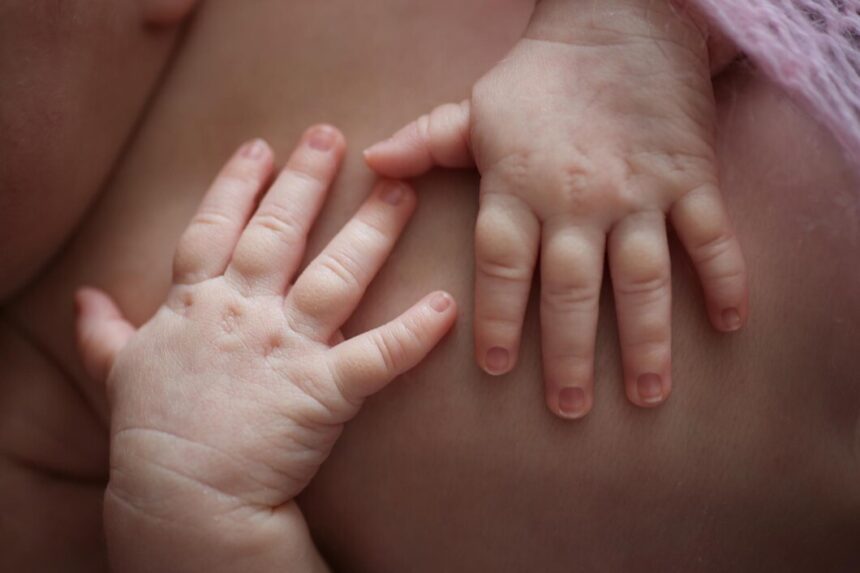Cradle cap, also known as seborrheic dermatitis, is a common and harmless condition that affects infants. While it typically doesn’t cause discomfort or itching, cradle cap can be concerning for parents due to its appearance. Understanding the signs and symptoms of cradle cap is essential for proper identification and management. Here’s what you need to know:
- Flaky, Scaly Skin: One of the hallmark signs of cradle cap is the presence of flaky, scaly patches on the scalp. These patches often appear yellowish or whitish and may be accompanied by oily or greasy skin.
- Thick, Crusty Patches: In some cases, the scales of cradle cap can become thicker and form crusty patches on the scalp. These patches may be more pronounced and may extend beyond the scalp to other areas of the body, such as the eyebrows, ears, or neck.
- Redness and Inflammation: Cradle cap can cause mild redness and inflammation in the affected areas of the scalp. While the redness is usually mild, it may be more noticeable if the baby scratches or rubs the affected areas.
- Hair Loss: In severe cases of cradle cap, excessive scratching or rubbing of the scalp can lead to temporary hair loss in the affected areas. However, hair typically grows back once the condition resolves.
- Persistent Symptoms: Cradle cap often persists for several weeks or months, although it may come and go over time. While it usually resolves on its own without treatment, some cases may require intervention to alleviate symptoms.
- No Itching or Discomfort: Unlike other skin conditions, such as eczema or allergic reactions, cradle cap typically does not cause itching or discomfort in infants. However, if the affected areas become irritated from scratching, the baby may experience mild discomfort.
- Presence of Skin Flakes in Hair: As the scales of cradle cap loosen, they may become trapped in the baby’s hair, leading to the appearance of white or yellowish flakes in the hair. These flakes may be more noticeable during grooming or bathing.
- Worsening with Heat or Humidity: Cradle cap may worsen in hot or humid weather conditions, as excessive sweating can exacerbate the production of oil and lead to thicker scales and crusts on the scalp.
- No Improvement with Regular Shampooing: Unlike dandruff, which can improve with regular shampooing, cradle cap may persist despite regular washing of the baby’s scalp. In fact, excessive washing or scrubbing can sometimes irritate the scalp further.
- Presence of Secondary Infection: In rare cases, cradle cap may become infected with bacteria or fungi, leading to symptoms such as increased redness, swelling, or oozing of pus from the affected areas. If you suspect an infection, it’s essential to seek medical attention promptly.
While cradle cap is generally harmless and resolves on its own over time, parents can take steps to manage symptoms and promote healing. Gentle washing of the baby’s scalp with a mild baby shampoo and regular brushing with a soft brush can help loosen and remove scales. In some cases, applying a small amount of mineral oil or baby oil to the affected areas can also help soften scales and facilitate their removal. If symptoms persist or worsen despite home care measures, consulting a pediatrician or dermatologist is recommended to rule out other skin conditions and determine the appropriate course of treatment.










